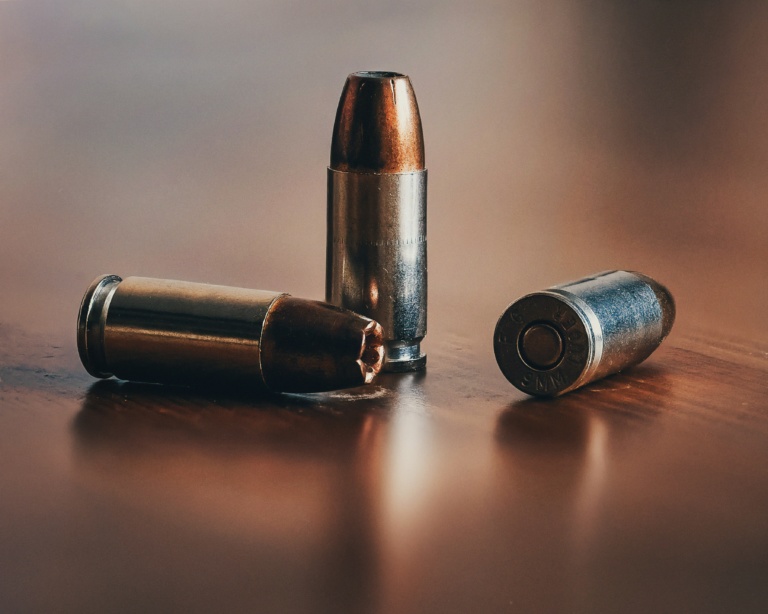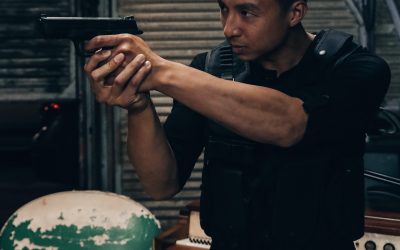Skip’s Tips > Newsletters > Modern Inert Small Arms Projectiles
Modern Inert Small Arms Projectiles
Understand how a bullet is designed to perform.
Skip Walters


Sign up to receive insider tips from our Master Gunsmith!
The modern bullet is found in varied forms to fulfill varied requirements. To understand these purposes, one must understand how a bullet is designed to perform.
Optimal bullet performance is achieved when all kinetic energy is expended within the intended target. Maximum efficiency is observed when the bullet remains in the animal beneath the hide, opposite the point of entry. In the case of large game, such as elephant, hippo or rhino, an extremely large solid bullet must be used to achieve maximum penetration through thick muscle and bone. These animals are too large and dense for the bullet to exit.
On medium game like elk, deer and bear, the bullet usually exits the body. The hydrostatic energy transfer is maximized with a soft (lead) or polymer point bullet. This bullet penetrates and “mushrooms” to a larger diameter as it passes through the target. This “mushrooming” increases bullet diameter when dense muscle is encountered. This transfers more energy through a larger frontal surface area.
On varmints such as ground hogs, feral pigs and coyotes, a hollow point bullet is used. These bullets have little penetration before they completely upset and break up into smaller pieces. This type of bullet seldom exits the target and passes through and beyond. It is for this reason that hollow points are best for self defense and police use. If a person or officer is forced to shoot an attacker, it is best if the bullet does not pass through the intended target and strike an innocent bystander.
Full metal jacket bullets are the least effective for self defense. These bullets do not expand. As a result, these bullets transfer little energy to their target. These bullets were used by the military as a result of the Geneva Convention. Military theory dictates that a wounded soldier will remove three soldiers from the battle. Two soldiers are required to facilitate the wounded man’s exit from the battlefield. A dead soldier does not require assistance.
Modern battle rifles have increased the lethality of smaller diameter FMJ bullets in two ways. The NATO method is to increase the rifling twist in the battle rifle so the resultant spin over-stabilizes the bullet. When the over-stabilized bullet strikes it’s target, a gyroscopic effect occurs. This causes the bullet to tumble within the target, creating a large wound channel and expending most of its energy.
The Soviet bloc solution was to have a large hollow cavity in the front of the bullet, under the jacket. Upon impact, the nose of the bullet collapses and bends as it takes on a “fish hook” configuration. This version also creates a large wound channel and expends most of its energy.
Both of the increased lethality methods increase the lethality of the full metal jacket projectile. However, these bullets are not lawful for hunting game animals. A true sportsman intends to mercifully dispatch their quarry with one carefully placed shot. Therefore, only soft, polymer or hollow point bullets are used for hunting.




